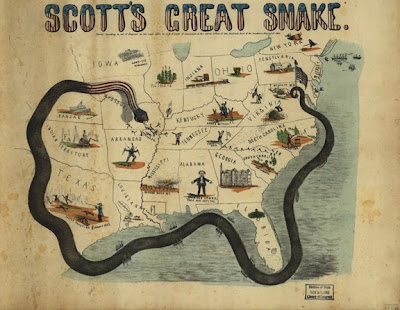
Of course, as is often the case with any historical event, pinpointing one single individual to credit with such grand accomplishments is difficult. In short, while Scott deserves credit for thinking big picture, it was Porter who made many of those visions a reality on the ground (or in this case, water). It was under his leadership that key engagements were won which helped secure Union control over critical stretches like Vicksburg. Grant or William Tecumseh Sherman, Rear Admiral Porter was instrumental in carrying out much of what made Scott’s strategy successful.īorn into a Naval family and raised on ships, Porter spent much of his early years traveling across Europe and learning how different nations navigated their waters (apparently you could do stuff like this before cheap air travel became a thing).īy time Civil War broke out, Porter was commanding naval operations along various Southern waterways-and eventually rose to become commander-in-chief of all Mississippi Squadron warships. Though not as well-known as other Civil War military figures such as Ulysses S. However there is another fascinating figure who played a critical role here: Union Rear Admiral David Dixon Porter. So Who Came Up With This Cunning Plan?Īll right, without further ado let’s answer that question already!Īs we’ve mentioned, Winfield Scott is credited with proposing a version of the Anaconda Plan back in 1861 when he was himself in his seventies (though it should be said that some have argued he merely popularized rather than invented it). But for many historians today, it remains one of the defining factors that led to Union victory. Of course, like any plan, things didn’t always go according to Scott’s carefully considered blueprint.

Now you may be wondering where on earth such a plan got its name from. What Did An Actual Anaconda Have To Do With All This?

It wasn’t without controversy-many wondered if such an ambitious maneuver could even work-but ultimately President Lincoln agreed to give it a try. The idea was that by cutting off Confederate access to foreign supplies and dividing Southern forces in two across their main river system, they’d be forced to surrender or face certain defeat. Proposed by Union General-in-Chief Winfield Scott at the dawn of the Civil War, this strategy called for a naval blockade of Southern ports along with an advance by Union troops down the Mississippi River. What vitamins do prenatal vitamins contain?.


 0 kommentar(er)
0 kommentar(er)
